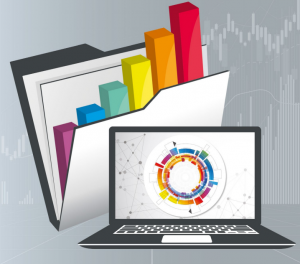Moving to a more circular economy is increasingly recognized as vital to sustainable development, decarbonization, resource efficiency and competitiveness. More and more countries are adopting national policies that are directly or indirectly related to the sustainable management of natural resources and the establishment of a circular life-cycle of materials.
For example, over the past two decades, many countries and the European Union have been orienting their waste and materials management policies towards preventive and integrated approaches, emphasizing the life-cycle and supply chains of materials and products.
However, until now, the lack of shared understanding of how to measure the circular economy has proven a challenge for tracking progress and shaping policy responses. To address this, the new guidelines prepared jointly by UNECE and the OECD will support the development of internationally comparable statistics on the circular economy by providing a common definition and clarifying what needs to be measured.
For statistics to be impactful, the definition needs to be accepted not only by the international statistical community but also by policy makers. To this end, UNECE and OECD joined forces through the UNECE Task Force on Measuring Circular Economy and the OECD Expert Group on a new generation of information for a resource efficient and circular economy, bringing together the statistics and the policy perspective.
The Conference of European Statisticians Guidelines for Measuring Circular Economy are a milestone in finding consensus on the conceptual understanding of a circular economy. A circular economy is an economy where:
-
the value of materials in the economy is maximised and maintained for as long as possible;
-
the input of materials and their consumption is minimised; and
-
the generation of waste is prevented and negative environmental impacts reduced throughout the life-cycle of materials.
Based on this definition, the guidelines propose a framework with concepts, terms and definitions that are used in other established statistical frameworks, such as the System of Environmental-Economic Accounting.
The guidelines propose 19 core statistical indicators to measure the circular economy, which will be further refined through pilot testing by volunteer countries.
The Guidelines for Measuring Circular Economy, incorporate contributions from national experts from ten countries (Austria, Belgium, Canada, Colombia, Denmark, Finland, India, Italy, the Netherlands and Sweden) and ten international organizations (Eurostat, FAO, IMF, OECD, PACE, UNECE, UNSD, UNITAR, World Resources Institute, UNEP). Statistics Finland chaired the UNECE Task Force on Measuring Circular Economy.
The Task Force will continue its work on the topic and aims to provide practical guidance for producing and using the core indicators, and for establishing necessary institutional collaborations.


